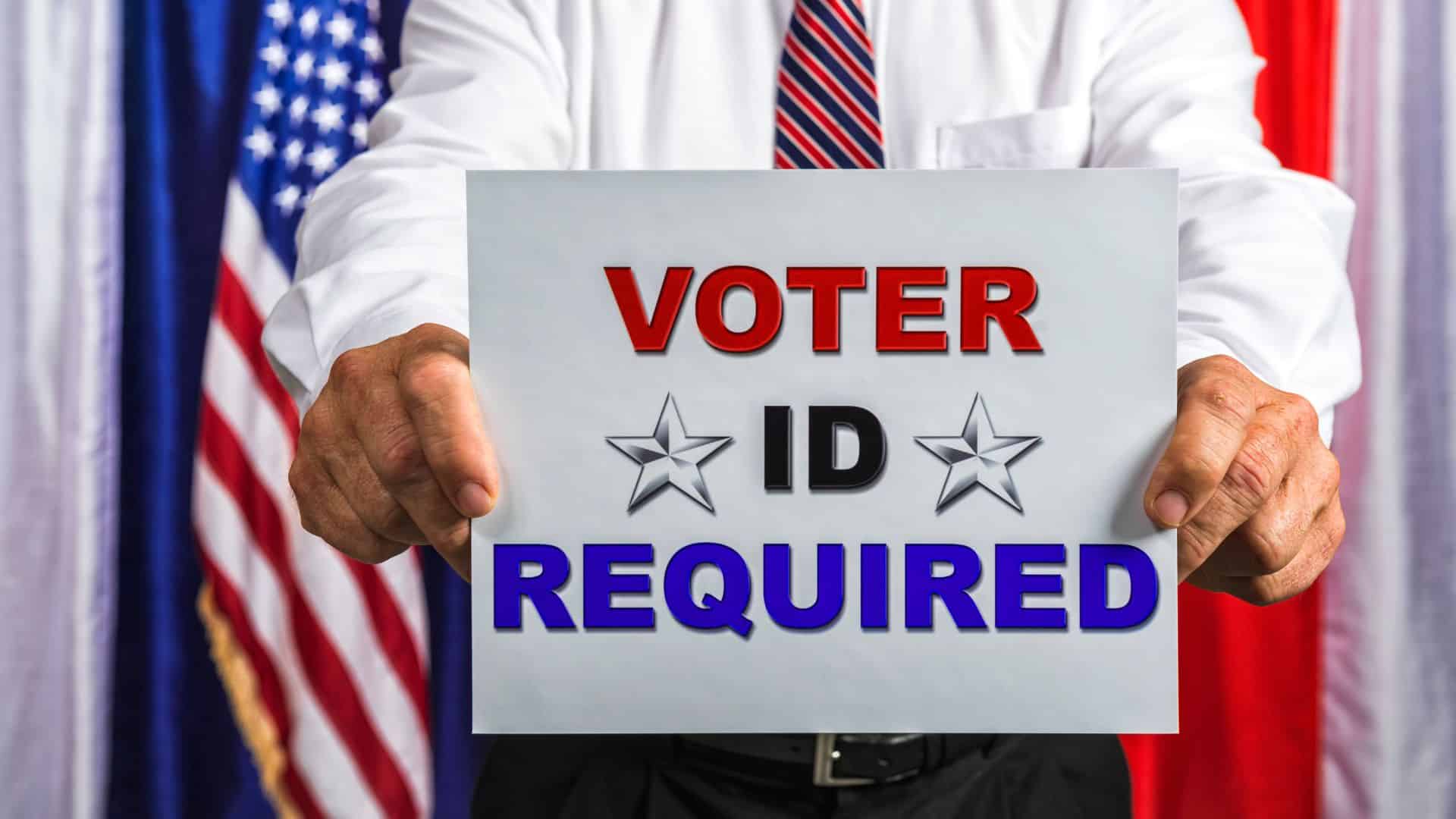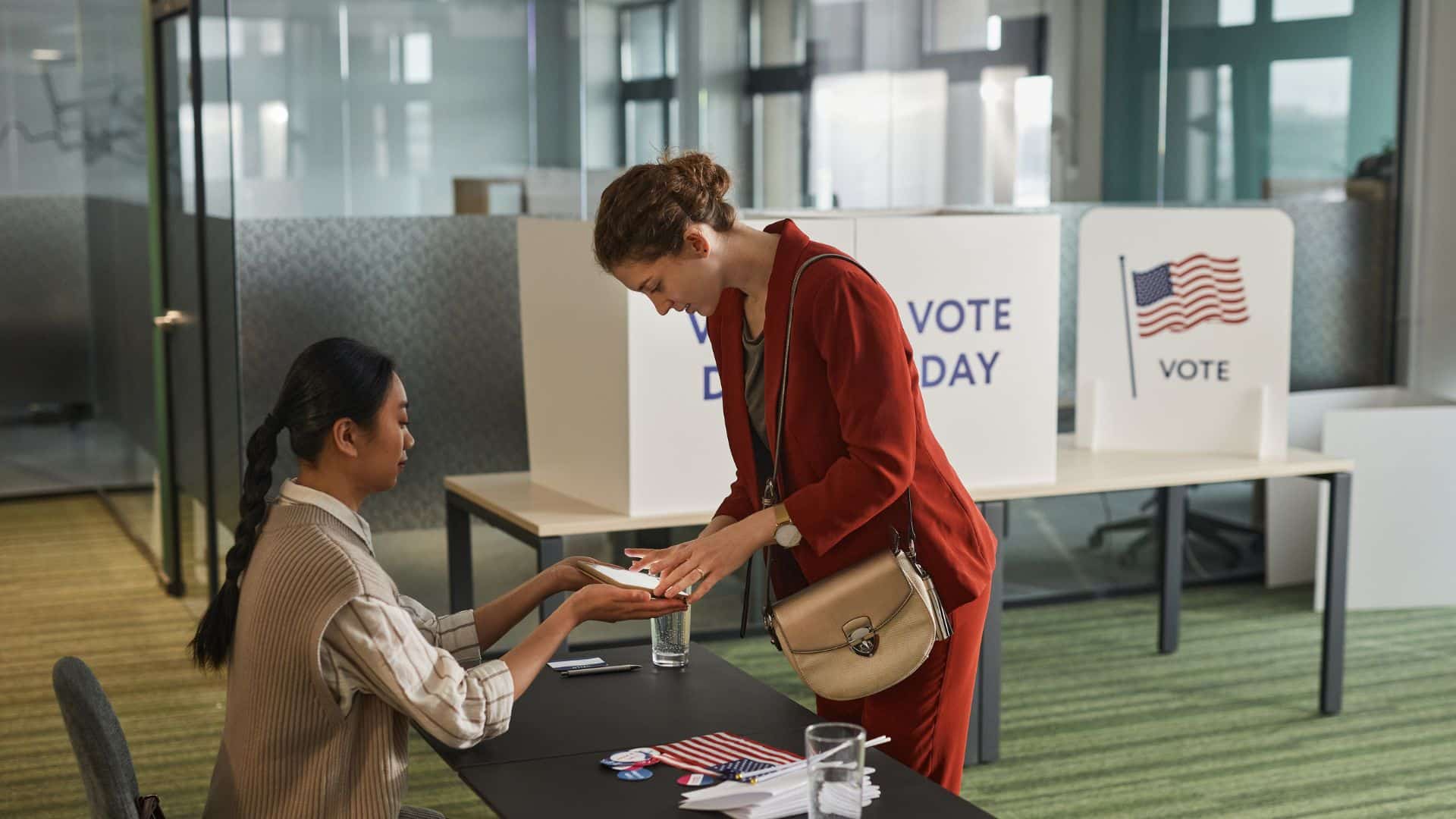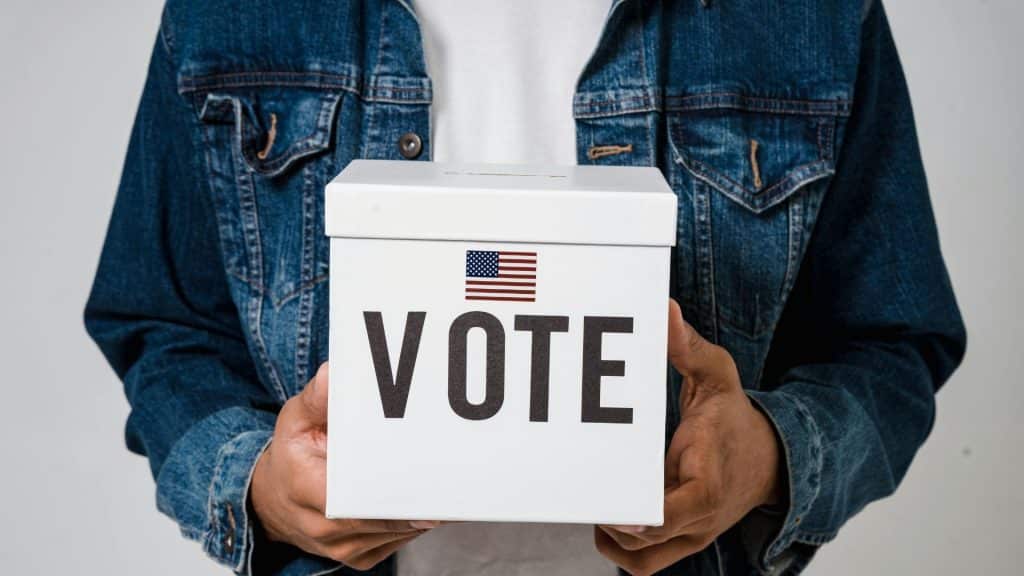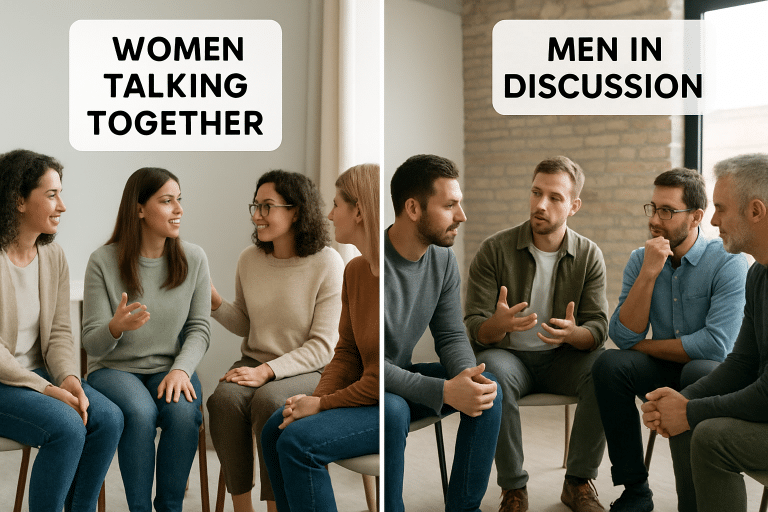Have you ever wondered why some communities struggle more with voting than others?
Voter suppression tactics have shaped American elections for generations, creating barriers that prevent eligible citizens from exercising their fundamental right to vote.
These methods range from strict ID requirements to polling place closures, all designed to reduce turnout among specific groups.
While some tactics may seem reasonable on the surface, they often disproportionately impact minorities, low-income families, and elderly voters.
Understanding how voter suppression works is the first step in protecting our democratic process.
This blog will illustrate what voter suppression looks like, its impact on elections, and, most importantly, what you can do to fight back and ensure fair voting access for everyone.
What Is Voter Suppression?
Voter suppression refers to any effort that makes it harder for eligible citizens to vote or register. These practices target specific groups to reduce their political participation in elections.
The tactics often target communities based on factors such as race, income, age, or political views. Historical examples include poll taxes and literacy tests that blocked Black Americans from voting for decades.
It differs from voter fraud. Fraud involves illegal activities, such as the use of fake ballots. Suppression focuses on legally or administratively blocking eligible voters from participating.
Recognizing suppression as a strategy to manipulate representation, not just a voting inconvenience, helps citizens understand its true purpose.
Common Tactics That Limit Voting Access

Suppression does not rely on a single approach and instead adapts through a range of policies and administrative choices designed to restrict access to the ballot box.
Key suppression tactics include:
- Strict voter ID laws require specific identification, but many people don’t have it.
- Polling place closures in areas with high minority populations.
- Voter roll purges that remove eligible voters from registration lists.
- Limited early voting hours make it hard for working people to vote.
- Long lines formed due to the insufficient number of voting machines in targeted areas.
- Confusing ballot designs that lead to mistakes or incomplete votes.
These methods work together to reduce turnout among specific populations. They especially impact low-income communities, elderly voters, students, and racial minorities who may lack resources to overcome these obstacles.
How Voter Suppression Influences Election Outcomes?
Voter suppression can alter election outcomes by reducing turnout in specific communities. Even small changes in voting participation can shift results in close races.
Changes Vote Margins
When certain groups face voting barriers, their preferred candidates lose support. This can flip election results, especially in tight contests where every vote matters significantly.
Affects Representation
Suppressed communities lose political voice in government. Their issues get ignored when elected officials don’t need their votes to win future elections.
Creates Long-term Impact
Suppression builds over time, making affected communities feel powerless. This discourages future participation, creating cycles where their influence continues to shrink in politics.
Undermines Democratic Process
Over time, suppression erodes the legitimacy of elections by signaling that not all citizens are valued equally in the process.
Importance of Fair and Equal Access to Voting

Fair voting access forms the foundation of democracy. When all eligible citizens can vote easily, elections truly represent the will of the people.
- Ensures that every voice counts equally in the selection of representatives.
- Protects minority rights and prevents majority groups from silencing others.
- Promotes civic engagement and community participation in politics.
- Strengthens democracy by including diverse perspectives in decision-making.
- Prevents corruption and abuse of power by holding leaders accountable.
Laws and Policies That Protect Voting Rights
Federal and state laws exist to ensure fair access to voting for all citizens. These legal protections help prevent discrimination and guarantee equal participation in elections.
1. Voting Rights Act of 1965
This landmark law prohibits racial discrimination in voting. It requires federal approval for voting changes in areas with histories of suppression practices.
The Act also protects language minorities by requiring bilingual ballots. Courts can enforce these protections when communities face voting discrimination or barriers.
2. Americans with Disabilities Act
The ADA ensures polling places are accessible to voters with disabilities. It requires accommodations like wheelchair access and alternative voting methods for everyone.
Voters can request assistance or use adaptive equipment to cast ballots privately. Poll workers must provide help without influencing voter choices or decisions.
3. National Voter Registration Act
Also known as the Motor Voter Act, this law simplifies the registration process. Citizens can register when getting a driver’s license or accessing other government services.
The law also protects voters from being improperly removed from registration rolls. States must follow specific procedures before canceling someone’s voter registration status.
4. Help America Vote Act
This federal law sets minimum standards for voting systems. It requires the use of provisional ballots and improved accessibility for voters with disabilities nationwide.
States received federal funding to upgrade voting equipment and training. The law established the Election Assistance Commission to enhance the administration of elections.
Ways to Combat Voter Suppression
Citizens and organizations can take several steps to fight voter suppression. These actions help protect voting rights and ensure fair access for all eligible voters.
Effective strategies to combat voter suppression include:
- Know Your Rights: Learn your state’s voting laws, registration deadlines, and required identification for casting ballots.
- Stay Registered: Check your voter registration status regularly online and update your information when you move to a new address.
- Report Problems: Contact election officials, voting rights groups, or hotlines when you encounter barriers at polling places.
- Support Organizations: Donate time or money to civil rights groups that challenge suppression tactics in courts.
- Help Others: Volunteer for voter registration drives and educate community members about their voting rights and options.
Wrapping It Up
In summary, voter suppression continues to threaten democratic participation across America.
These barriers prevent eligible citizens from having their voices heard in elections that shape their communities.
While federal laws provide important protections, individual citizens must stay vigilant.
By understanding these issues and taking action, we can work toward a system where voting remains accessible regardless of background or circumstances.
A healthy democracy requires participation from all people. When voting becomes difficult for certain groups, we lose valuable perspectives in choosing our leaders and making important decisions about our future.
What role will you play in ensuring fair elections?






































